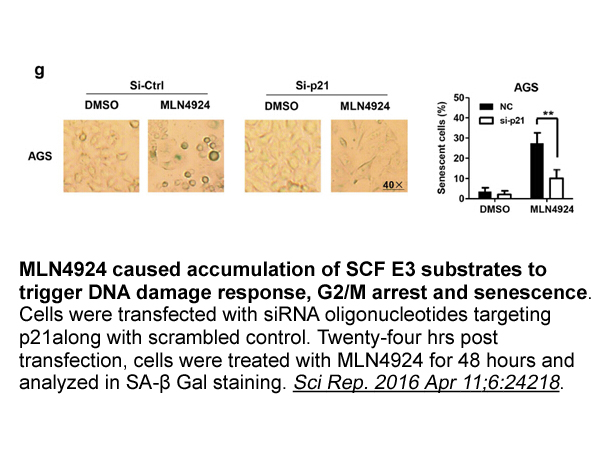Archives
Social determinants are the lived conditions ie
Social determinants are the lived conditions (ie, social and economic) that influence wellbeing, and environmental influences on behaviour are those assessed with the health behaviour theory. Stages of change models (ie, those that recognise health behaviour as a series of progressive steps leading to sustained behaviour, rather than a one-off event) have been used in cancer screening programmes within diverse economic and cultural settings. However, health behaviour models can guide all programmatic steps from the definition of the problem through to intervention planning, implementation, and assessment.
Some childhood cancers, such as retinoblastoma, are almost uniformly curable with timely diagnosis and appropriate treatment in settings with adequate resources, but high morbidity remains in many resource-poor settings. A health behaviour framework would keep local acceptability, suitability, feasibility, and sustainability in view. Insight from the Precaution Adoption Process Model could guide gap junction health workers from a stage of unawareness of  the importance of eye screenings to engagement in screenings with a straightforward light reflex test and prompt referrals. Use of the stages of change model could support families who are fearful of stigma surrounding removal of the eye (the precontemplation part of the model) through to acceptance of an orbital prosthesis (the maintenance part of the model). Attentiveness to social determinants of health and health behaviour models could inform treatment abandonment prevention strategies by acknowledgment of the complex interplay between personal, environmental, and behavioural factors, with interventions that might not necessarily depend on costly advances. By combining components from such models (), optimum health interventions can be prioritised to overcome disease-specific and context-specific barriers to cure.
the importance of eye screenings to engagement in screenings with a straightforward light reflex test and prompt referrals. Use of the stages of change model could support families who are fearful of stigma surrounding removal of the eye (the precontemplation part of the model) through to acceptance of an orbital prosthesis (the maintenance part of the model). Attentiveness to social determinants of health and health behaviour models could inform treatment abandonment prevention strategies by acknowledgment of the complex interplay between personal, environmental, and behavioural factors, with interventions that might not necessarily depend on costly advances. By combining components from such models (), optimum health interventions can be prioritised to overcome disease-specific and context-specific barriers to cure.
Lancet Glob Health —In this Article (August, 2013) one of the studies (Akman and colleagues, 2004) was assigned to the incorrect subgroup category for the subgroup “iron deficiency status”. It had been assigned to the category “iron replete” but properly belongs in the category “iron deficient”. The overall conclusions of the study are not affected. However, in the Results section of this Article, the second sentence of the third paragraph should have started “Appendix pp …” and fourth sentence of the fifth paragraph should have read “…in children who were anaemic (MD 4·46, 95% CI −9·32 to 18·24; p=0·53); . In the Discussion, the second sentence of the third paragraph should have read “…were also unable to find an beneficial effect…” and the last sentence in the same paragraph should have been “.” The appendix of this Article has also been corrected. These corrections have been made to the online version as of Feb 27, 2014.